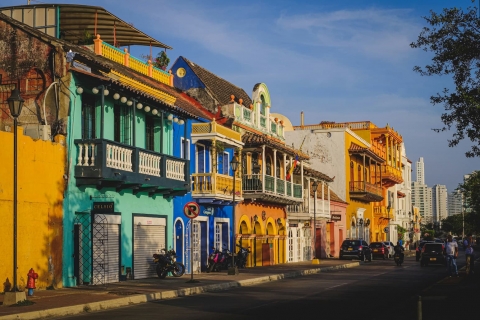Copacabana Climate by Month
Copacabana has a steady mild climate throughout the year.
It also experiences much rainfall throughout the year.
Now, let’s break down all the climate details for a clearer picture.
Average day and night temperature
The temperature in Copacabana remains steady throughout the year, providing a consistently moderate climate. Average daytime temperatures reach a moderate 16°C in November. In July, the coolest month of the year, temperatures drop to a moderate 13°C. At night, expect cooler temperatures, averaging 5°C during this month.
The mean minimum and maximum temperatures throughout the year
Precipitation and rainy days
Copacabana has a relatively rainy climate with high precipitation levels, averaging 1381 mm of rainfall annually. Copacabana can be quite wet during January, receiving approximately 281 mm of precipitation over 18 rainy days. In contrast June, experiences much drier conditions, with 17 mm of rainfall, spread across a single rainy day.The mean monthly precipitation over the year, including rain, hail and snow
The best time of year to visit Copacabana in Bolivia
Other facts from our historical weather data:Rainy season in Copacabana occurs in the months of January, February, March and December.
Yes, the months of June and July are very dry.
November has an average maximum temperature of 16°C and is the warmest month of the year.
The coldest month is July with an average maximum temperature of 13°C.
January tops the wettest month list with 281 mm of rainfall.
June is the driest month with 17 mm of precipitation.
No idea where to travel to this year? We have a tool that recommends destinations based on your ideal conditions. Find out where to go with our weather planner.




